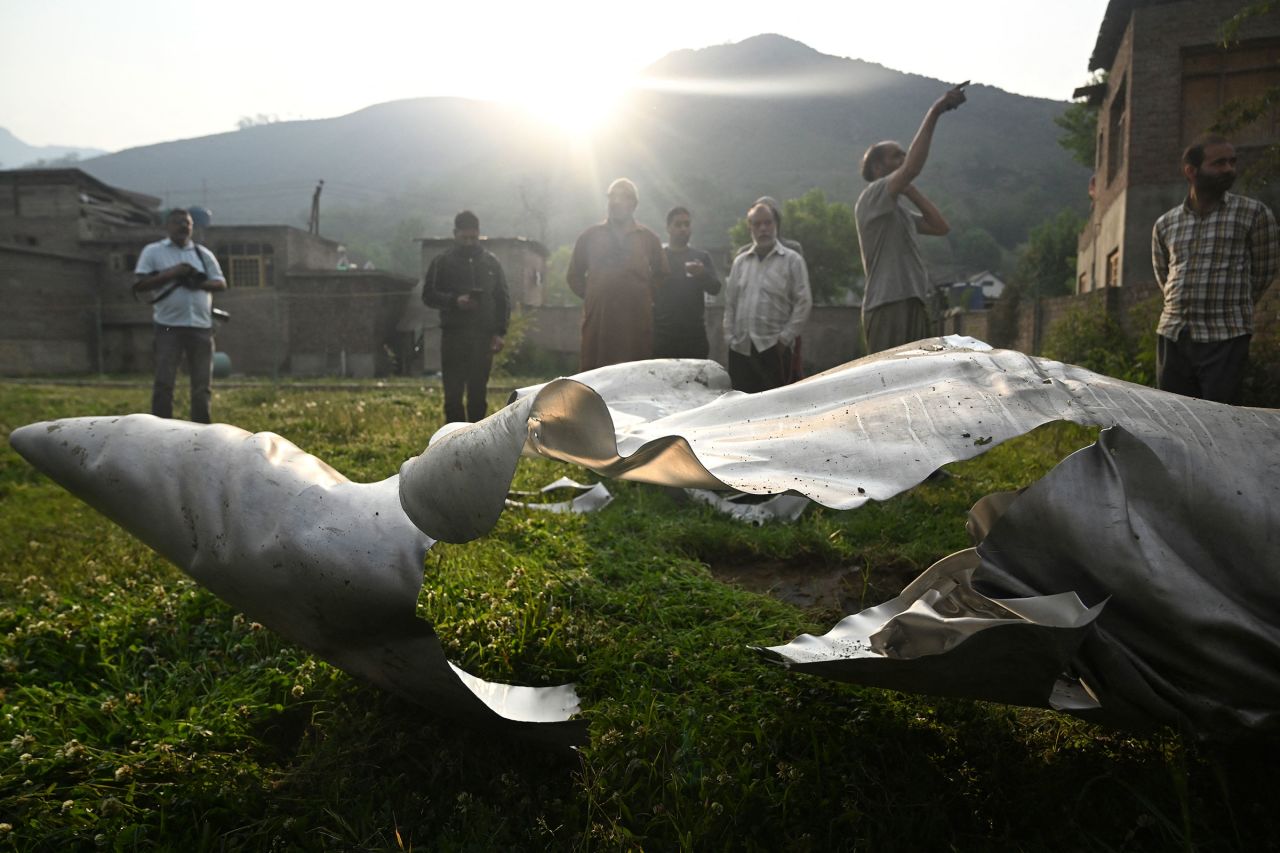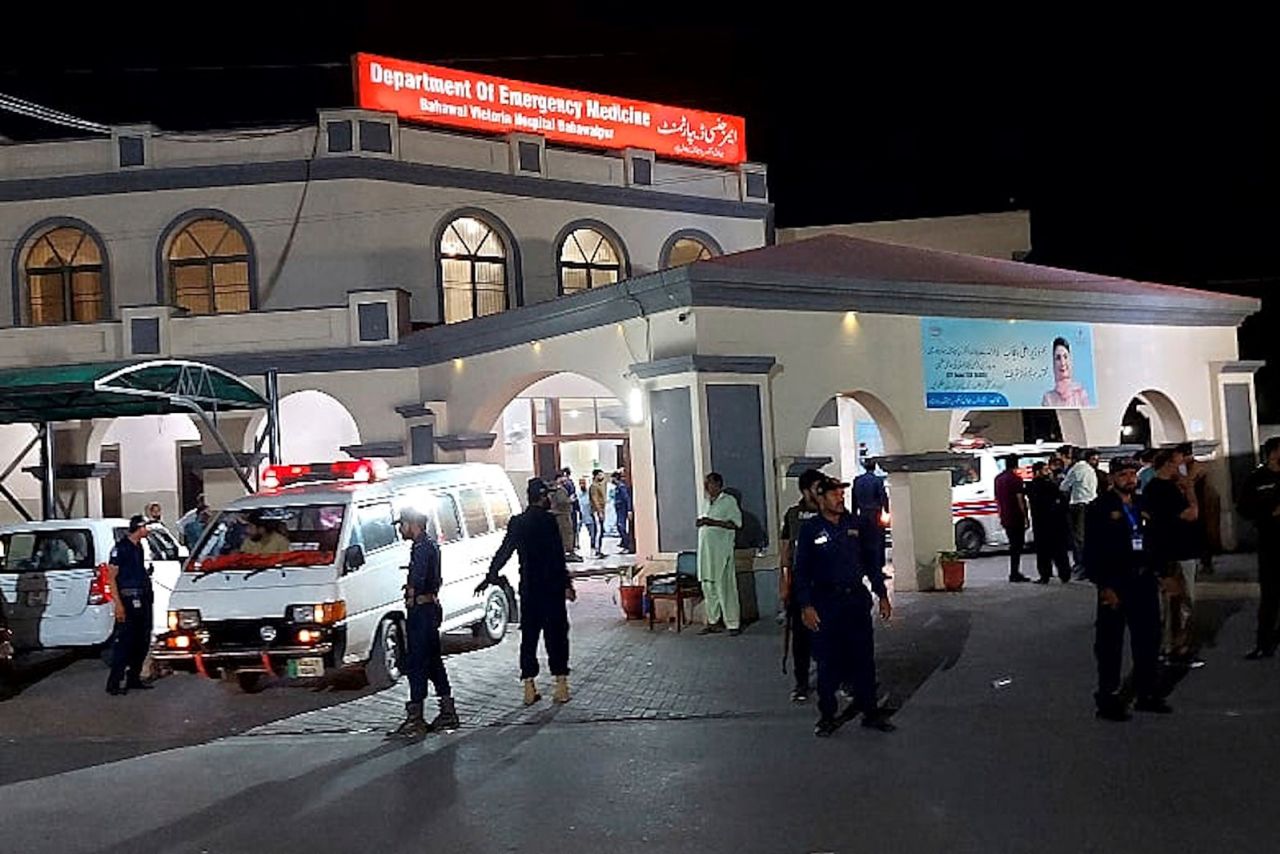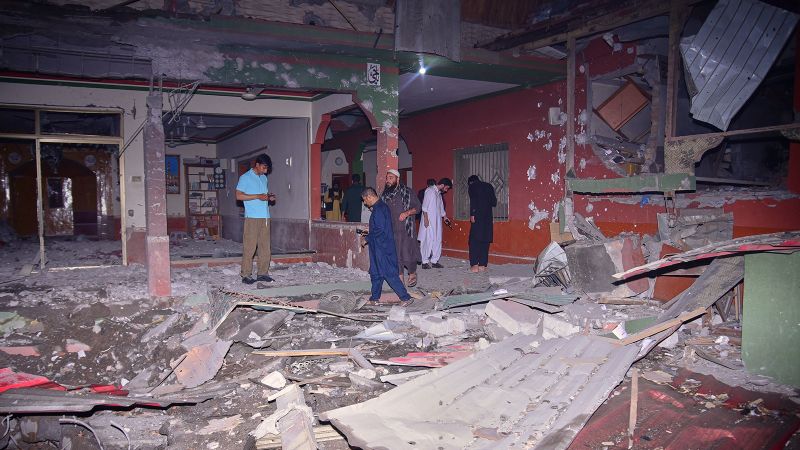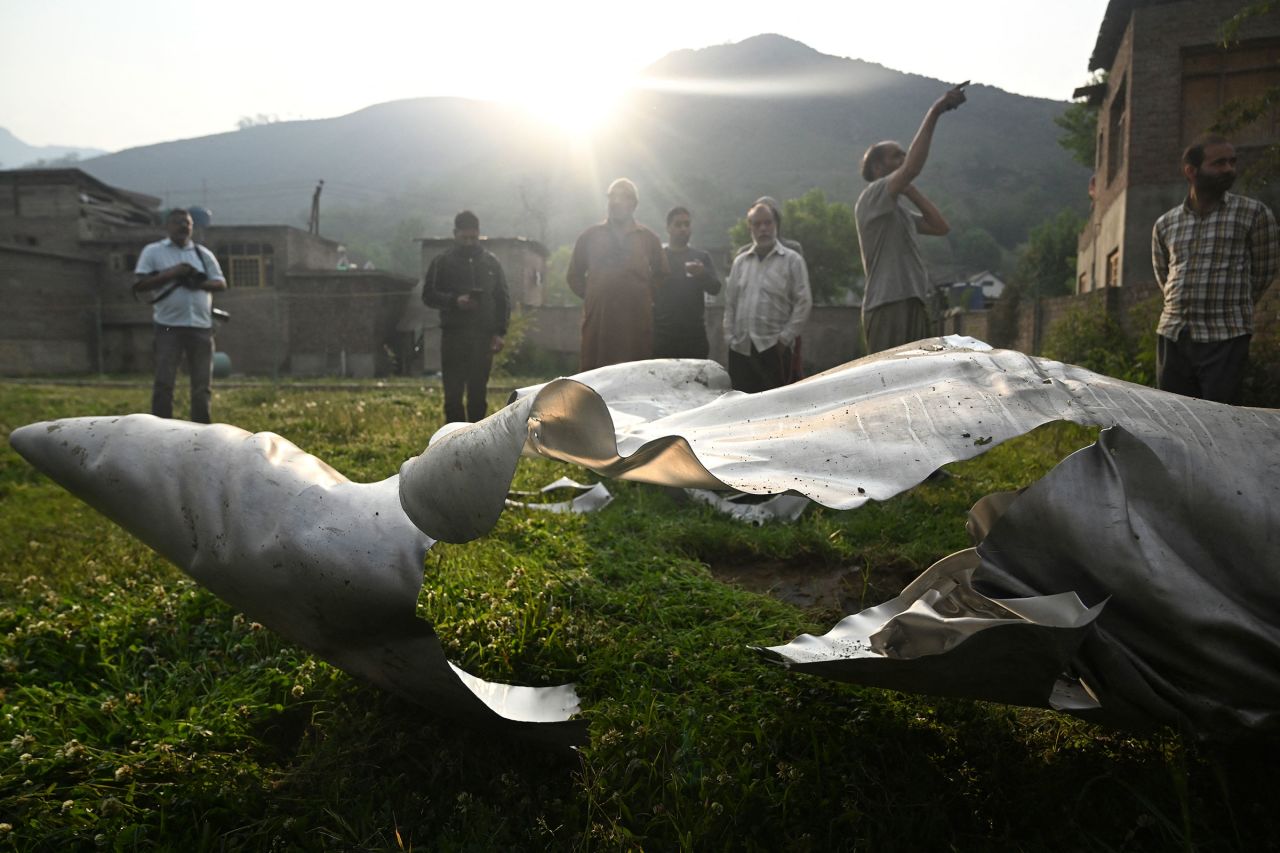## The Lines Blurred: Real-World Conflict Shakes the Gaming World
Gamestanza is known for taking you on thrilling adventures, but today the lines between reality and virtual warfare have become dangerously blurred. A real-world conflict has erupted between India and Pakistan, sparked by a tragic massacre in Kashmir. Airspaces around Lahore are closed, tensions are at an all-time high, and the world watches with baited breath.

Technological Advancements and Capabilities

Understanding the technological underpinnings of each nation’s military is crucial in analyzing the potential ramifications of the conflict. While Gamestanza has reported extensively on India’s modernization efforts, Pakistan’s military capabilities remain a significant factor in the equation.
India boasts a technologically superior defense apparatus, reflected in its significantly larger defense budget and a more sophisticated arsenal. According to The Military Balance, India’s defense budget is nine times that of Pakistan’s, enabling the Indian military to procure advanced weaponry and maintain a larger, better-equipped force. The Indian Air Force, for instance, has incorporated the multirole French-made Rafale jets, with 36 now in service, enhancing its air superiority capabilities.
Pakistan, while facing resource limitations, has actively sought to modernize its military. It has incorporated Chinese J-10 multirole jets and the JF-17, a joint project with China, into its air fleet. These advancements aim to bridge the technological gap with India, particularly in the face of potential air-to-air combat.

Combat Experience and Pilot Training
The quality of training and combat experience of pilots on both sides will undoubtedly play a crucial role in the outcome of any aerial engagement. India’s military has a longer history of active combat involvement, having participated in numerous conflicts in the region. This experience translates to a higher level of battlefield preparedness and tactical acumen.
Pakistan, though lacking India’s extensive combat experience, has invested heavily in pilot training programs. Its air force has undergone rigorous exercises and simulations, aiming to equip its pilots with the skills necessary to effectively engage in aerial combat. The effectiveness of these training regimes in replicating real-world scenarios and preparing pilots for a conflict of this magnitude remains to be seen.

Potential for Escalation and Air-to-Air Combat
The closure of airspace around Lahore indicates a heightened risk of escalation and potential for air-to-air combat. Both India and Pakistan possess significant air power, with a mix of advanced and older generation fighter aircraft. The possibility of a miscalculation or an accidental engagement could quickly spiral out of control, leading to a full-fledged aerial war.
The confrontation raises the specter of a regional conflict with potentially devastating consequences. The close proximity of both nations’ nuclear arsenals adds another layer of complexity and danger.

The Threat of Nuclear Escalation
Deterrence and the Potential for Miscalculation
The threat of nuclear escalation looms large over the conflict. Both India and Pakistan possess nuclear weapons, making any large-scale military engagement a potentially catastrophic event. The doctrine of mutually assured destruction (MAD) serves as a deterrent, discouraging either side from initiating a nuclear attack. However, the potential for miscalculation, especially in the heat of battle, remains a significant concern.
A miscalculation, whether due to technical malfunction, communication breakdown, or misinterpretations on the battlefield, could trigger a chain reaction leading to nuclear war. The stakes are incredibly high, and the prospect of such a scenario is deeply unsettling.
International Condemnation and Global Repercussions
An escalation to nuclear warfare would trigger widespread international condemnation and severe global repercussions. The catastrophic humanitarian consequences of a nuclear exchange would be felt worldwide. The international community would likely impose stringent sanctions on both nations, isolating them diplomatically and economically.
The Humanitarian Crisis and Long-Term Instability
The aftermath of a nuclear conflict would be devastating, resulting in a humanitarian crisis of unprecedented scale. Millions could perish, and entire regions could become uninhabitable due to radiation fallout. The long-term consequences for the environment, human health, and global stability would be catastrophic.
Regional Instability
The conflict has the potential to significantly destabilize the already fragile security environment in South Asia. The region is characterized by long-standing historical and territorial disputes, making it highly susceptible to conflict escalation.
Alliances and Regional Power Dynamics
India’s close relationship with the United States and other Western powers, coupled with Pakistan’s strategic alliance with China, further complicates the situation. These alliances could potentially draw in external actors, transforming the regional conflict into a larger geopolitical confrontation.
The Role of International Actors and Peacekeeping Efforts
The international community plays a crucial role in mitigating the risks of escalation and promoting peace. International organizations, such as the United Nations, can work to facilitate dialogue between India and Pakistan, encourage restraint, and deploy peacekeeping forces to maintain stability in the region. However, the effectiveness of such efforts hinges on the willingness of both sides to engage in a peaceful resolution.
Economic Consequences
The conflict’s economic repercussions are likely to be substantial, impacting both regional and global economies.
Global Supply Chains and Market Volatility
South Asia is a significant player in global supply chains, particularly in sectors such as textiles, agriculture, and technology. Disruptions to these supply chains due to the conflict could lead to shortages, price increases, and economic instability worldwide. Financial markets are also likely to experience volatility as investors react to the heightened geopolitical risks.
Tourism and Humanitarian Aid
The conflict will undoubtedly have a negative impact on tourism in the region, as travel advisories are issued and concerns about safety and security grow. This will further strain the economies of both India and Pakistan, which rely heavily on tourism revenues. The conflict will also likely necessitate a significant increase in humanitarian aid to address the needs of displaced populations and those affected by the violence.
The Role of Media and Public Opinion
The media plays a crucial role in shaping public perception of the conflict and influencing the course of events.
Propaganda and Misinformation
In times of conflict, propaganda and misinformation can spread rapidly, exacerbating tensions and fueling animosity between the two nations. It is essential to critically evaluate information from multiple sources and be aware of potential biases.
The Importance of Balanced Reporting and Fact-Checking
Accurate and balanced reporting is crucial for promoting understanding and preventing the spread of harmful narratives. Gamestanza is committed to providing our readers with fact-checked and impartial information, enabling them to make informed judgments about the conflict and its implications.
Conclusion
The escalating tensions between India and Pakistan, sparked by the tragic massacre in Kashmir, have plunged the region into a precarious situation. India’s decisive air strike on Pakistani soil, a move unprecedented in recent history, has sent shockwaves across the globe. Though the immediate focus is on the retaliatory actions and potential for a wider conflict, the implications extend far beyond the immediate military response. This confrontation raises serious questions about the future of peace in South Asia. The possibility of a prolonged conflict, with devastating consequences for both nations and the wider region, looms large. The civilian populations of both countries bear the brunt of this political chess game, caught in the crossfire of escalating rhetoric and targeted strikes. The international community is now grappling with the challenge of de-escalation, urging restraint and dialogue. Will this be a turning point, forcing both nations to the negotiating table and paving the way for a lasting resolution? Or will this be a tragic prelude to a new chapter of violence and instability? Only time will tell. But one thing is certain: the world is watching, and the consequences of this conflict will be felt far beyond the borders of India and Pakistan.
